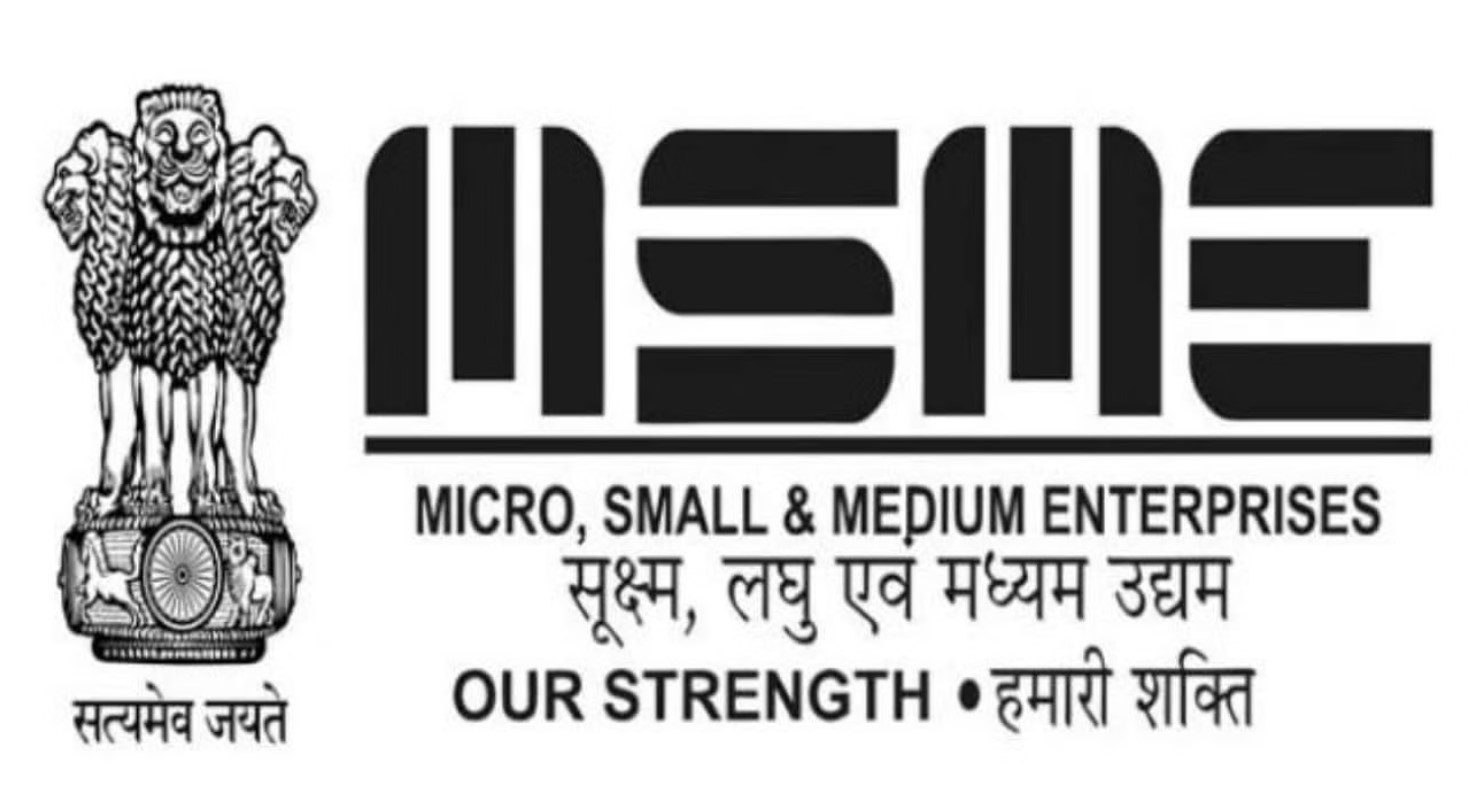


The Supreme Court has granted leave in a series of appeals involving Micro, Small, and Medium Enterprises (MSMEs) challenging actions taken by various banks under the Securitisation and Reconstruction of Financial Assets and Enforcement of Security Interest Act, 2002 (SARFAESI Act). The appellants argued that their loan accounts were wrongly classified as Non-Performing Assets (NPAs) without following the mandatory restructuring process under the Framework for Revival and Rehabilitation of MSMEs, as specified in a 2015 notification by the Ministry of Micro, Small and Medium Enterprises.
Background
The appellants in these cases were MSMEs registered under the MSME Development Act, 2006 (MSMED Act). They contended that the banks and Non-Banking Financial Companies (NBFCs) failed to adopt the restructuring process before classifying their accounts as NPAs. The High Court of Judicature at Bombay had earlier dismissed their writ petitions, holding that the restructuring process was not obligatory without an application from the MSMEs. The High Court did not express an opinion on the merits of the petitions but allowed the appellants to pursue alternative remedies.
Key Issues and Contentions
Mandatory Nature of the 2015 Notification: The appellants argued that the 2015 notification issued by the Ministry of MSME, which outlines the framework for the revival and rehabilitation of MSMEs, is mandatory. They claimed that banks must identify incipient stress in MSME accounts and follow the restructuring process before classifying the accounts as NPAs.
Banks' Contention: The banks and NBFCs argued that the High Court correctly interpreted the notification as non-mandatory. They contended that the SARFAESI Act overrides other acts, including the MSMED Act, as per Section 35 of the SARFAESI Act. They also stated that the appellants had not applied for the benefits under the notification, and the restructuring process and NPA classification are independent processes.
Supreme Court's Analysis
The Supreme Court examined the relevant provisions of the MSMED Act, the Banking Regulation Act, and the 2015 notification. It emphasized that the instructions for the "Framework for Revival and Rehabilitation of MSMEs" are binding on all scheduled commercial banks. The court noted:
Section 9 of the MSMED Act empowers the Central Government to issue guidelines and instructions for the promotion and development of MSMEs.
Sections 21 and 35A of the Banking Regulation Act, 1949 empower the Reserve Bank of India (RBI) to issue binding directions to banking companies.
The 2015 notification and subsequent instructions by the RBI have statutory force and are mandatory for banks.
Conclusion
The Supreme Court set aside the High Court's order, stating:
"The findings recorded by the High Court in the impugned order that the Banks are not obliged to adopt the restructuring process on its own or that the Framework contained in the Notification dated 29.05.2015, as revised from time to time could not be said to be mandatory in nature, are highly erroneous and cannot be countenanced."
The court highlighted the importance of following the restructuring framework before classifying MSME accounts as NPAs. However, since the SARFAESI Act proceedings had already concluded in these cases, the court did not remand the matters to the High Court. The appellants were allowed to seek any other legal remedies available to them.
Impact
This judgment underscores the mandatory nature of the 2015 notification and the binding instructions issued by the Central Government and the RBI. It reinforces the protection and support mechanisms for MSMEs, ensuring that banks follow the due process before classifying MSME loan accounts as NPAs. The judgment is a significant step in promoting the competitiveness and development of MSMEs in India.
TAGS: MSMED Act SARFAESI Act Non-Performing Assets (NPA) Framework for Revival Rehabilitation of MSMEs Reserve Bank of India (RBI) High Court